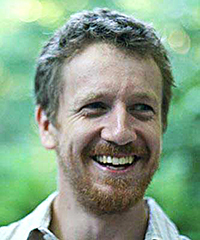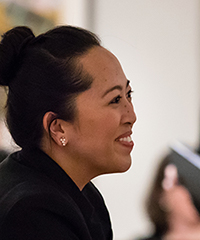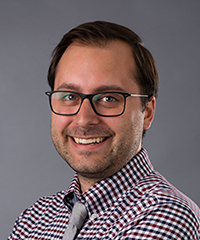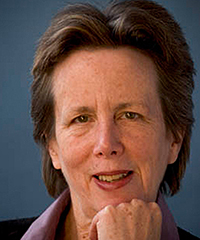“The arts are all about creative problem solving,” says Wendy Woodson, the Roger C. Holden 1919 Professor of Theater and Dance. Now, the problem that she and her Five College Dance colleagues are working to solve is how to apply remote teaching and learning strategies to an art form that usually depends upon bodies being present in a space together, providing mutual inspiration and feedback.
Woodson expresses sadness for the student actors, dancers, writers and musicians who've had to cancel or change their senior honors performances. But her own thesis advisee, Leah Woodbridge ’20, was able to have a rough draft of her original play Right Women staged and videotaped before leaving campus. There was also a run-through of Anna Plummer ’20’s musical The Puddle Jumping Society, directed by Associate Professor Ron Bashford ’88.
Each student in “Solo Performance” has been working on an individual final project that would have been performed in concert. “I think that they can create a video version of their solos,” says Woodson, who in the past has incorporated video into some of her own performance pieces. “I’m doing a lot of research right now, in terms of giving them examples of solo performers in the video, digital world.” –Katherine Duke ’05




